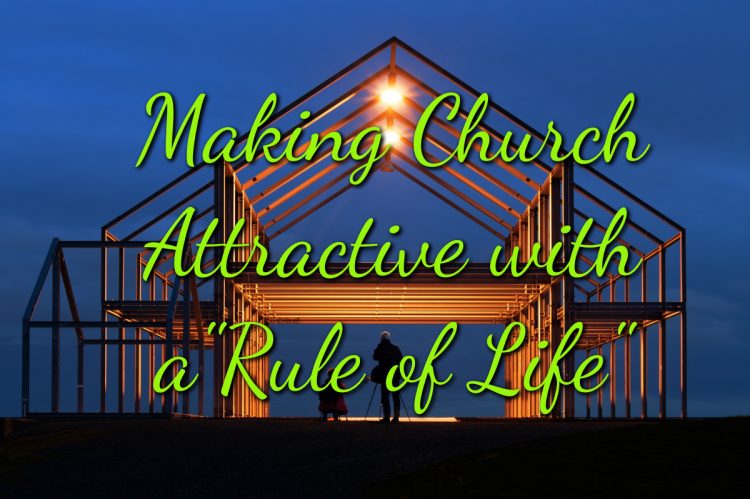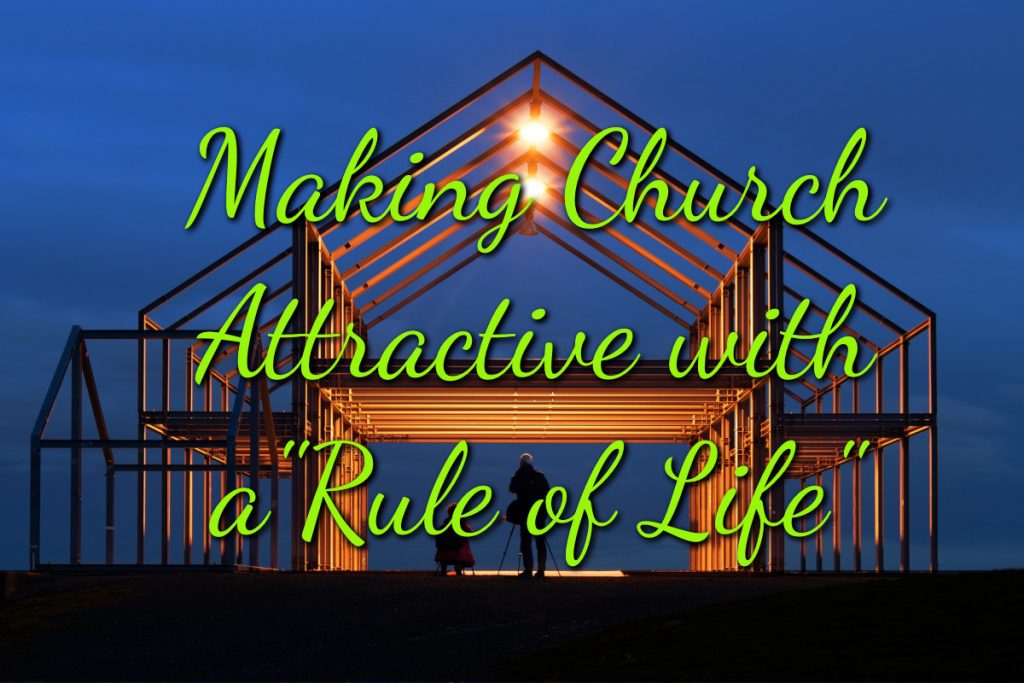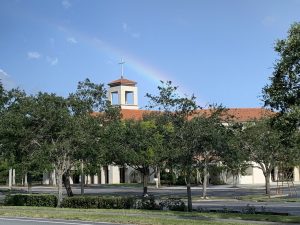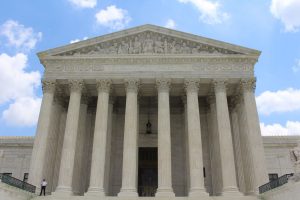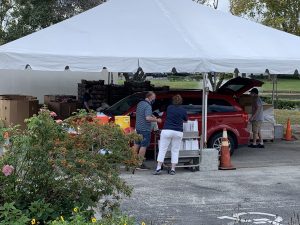Why a “Rule of Life”
In July 2020, I was appointed to The United Methodist Church of the Palm Beaches (UMCPB). While this church had been formed out of a merger in 1990, this church was actually 129 years old as it was the original First Methodist Church of West Palm Beach. In the midst of a global pandemic, racial tensions, political unrest, the loss of 162 people in a four-year span, and denominational uncertainty the leaders of my new congregation were wondering if they could still be a church that could attract new people to become disciples.[1]
The answer would be dependent upon their process for developing spiritually mature disciples. Dr. James Fowler, a leading researcher on faith and moral development, offers that the health and transformation of a community, not just the local congregation, is at stake if a local church does not have an intentional process for developing mature disciples.[2]
As I began to review UMCPB’s process for developing disciples through a consultant-led staff onboarding listening process, weekly two-hour listening and learning sessions with the church strategic leadership group from July until November 2020, eight Zoom listening sessions with various members, and a review of the Conference Journals from 2007 to 2019, I concluded that this church declined because it had discipleship and disciple-making issues.
The congregation as a body had stopped growing in its ability to trust God, the members were not trained to seek God in their ordinary lives, and they had lost connection to a ministry of compassion and service for its neighbors.[3] These issues made this church unattractive inside and outside.
I concluded that this congregation needed an intentional spiritual formation process to help them rediscover how to trust God while also increasing their willingness to love their neighbors. The intentional process would be the creation of a “Rule of Life.”
What is a “Rule of Life?”
The “Rule of Life” is a holistic process that frees a person to develop Spirit-empowered patterns of living. The curriculum for a “Rule of Life” is the person’s life. Typically, people who have engaged in curriculum-based spiritual formation have demonstrated knowledge of the Bible but not increased application of the Bible to their lives.[4] The advantage of the “Rule of Life” process is that the curriculum is the person’s actual life.
The word “rule” in “Rule of Life” is not meant to be understood as a strict, dogmatic means for existence. Instead, it is most helpful to think of “rule” as habits that a disciple designs to grow in their relationship with God for the sake of loving and serving their neighbors.
The “rule of life” is the resource that a Christian uses to prioritize all the areas of one’s life so that when facing situations that are complex or mundane, the Christian responds in a manner that reflects the heart and mind of Christ.[5] A “Rule of Life” that is designed to help the disciple remain focused on the continual development of a healthy and loving relationship with God and loving his or her neighbor is an effective “Rule of Life.”
How to Create a Commitment to Living a “Rule of Life?”

Risk taking image https://bit.ly/3mVCYKM
We began the process at UMCPB with our core leadership group, approximately sixteen leaders.
These leaders participated in a Friday evening and Saturday morning spiritual formation retreat. The outcome of the retreat was the development of a “Rule of Life” draft. The “Rule of Life” needed to answer two questions: Question 1. Does my “Rule of Life” lead me to grow in my relationship with God? Question 2. Does my “Rule of Life” lead me to increase in my capacity to love my neighbor?
Before attending, the participants were asked to complete a Spiritual Life Survey. The survey consisted of checkboxes, fill in the blanks, and scale ranking. All measurements were calculated by the participant as the survey is a self-observation tool. The survey results acted as a baseline. Each quarter the participants would retake the survey to measure growth.
In Session One, the participants were introduced to the purpose of a “Rule of Life.” The purpose is to help disciples develop a pattern for continually growing in their relationship with God and seeking ways to love their neighbor regardless of who that neighbor might be.
In Session Two, the participants were introduced to sharing groups. Sharing groups are designed to help the disciple examine if the “Rule of Life” is causing the way they think, feel, and act in life to be transformed[6] by God’s will. These sharing groups are tasked with providing support, encouragement, and accountability.
Session Three was a time of reflection on the following passages: 1 Corinthians 14:20; 1 Corinthians 2:6; 1 Corinthians 3:6, Hebrews 5:14, and Galatians 5:22–23. The purpose was to help participants understand that spiritual maturity was an intentional, life-long process. Galatians 5:22–23 was used for deeper reflection into the self-scoring section of the spiritual assessment.
Session Four required participants to discover the guiding principles for developing a “Rule of Life.” Guiding principles are essential because, as leadership and inspiration coach Lance Secretan says, “When you stand in the presence of someone who has a deep, inner knowing of who they are… you are standing in the presence of an inspiring person.” [7]
The Future for a Church Inspired “Rule of Life”
The “Rule of Life” concept was introduced to UMCPB because our mission of developing disciples was compromised. There are some preliminary indicators that using a “Rule of Life” is helping us recover that mission. For example, when the church hosted a special needs drive-thru event,[8] almost seventy volunteers showed up to wave and celebrate these special people in the pouring rain for several hours.
At our most recent “Feed the Hungry” event, over twenty-five volunteers from the church were on hand. These folks distributed over nine hundred treats made by the church members to approximately seven hundred people receiving food. Can a “Rule of Life” make Christianity attractive again? The answer is “yes” if the “Rule of Life” leads people to grow in their relationship with God and to love their neighbor.
[1] Conference Demographics report that The surrounding community is thirty-eight percent African-American, thirty-six percent Caucasian, and the remaining twenty-six percent is predominately Hispanic. The congregation is still primarily a Caucasian congregation, but there are sufficient African-American, Hispanic, and Caribbean persons to make it attractive to people from all cultures. 2020 Year-End Statistical Report, 394 Professing Members, 15 Asian, 95 African American, 30 Caribbean, 25 Hispanic
[2] James W. Fowler, Faith Development, and Pastoral Care (Philadelphia, PA: Fortress Press, 1987), 21.
[3] For example, hundreds of families are served through a non-profit organization called “Feed the Hungry” from the church parking lot, but only five people from the church serve as volunteers.
[4] Disciple Bible Study was a program developed in the hopes that United Methodists might become more biblically literate. The program can be defined with this description and reaction by Bishop Wilke, “After two or three years with phenomenal participation across the US, graduates of DISCIPLE started asking, “What’s Next?” So we had another consultation. What’s next? Goodness, we had studied the whole Bible!” Perhaps that was the issue, we United Methodists had studied the Bible, but we had not learned how to live the Bible.
[5] NRSV, Colossians 3:17.
[6] NRSV, Romans 12:1–2.
[7] Lance Secretan, The Spark, the Flame, the Torch: Inspire Self. Inspire Others. Inspire the World (Ontario: The Secretan Center, 2010), 15.
[8] This was the lead-up event to the Tim Tebow Night to Shine Event. Because the event was going to be virtual, we did a Shine-Thru. The participants would drive thru the parking lot and pick up their gifts and swag for the event. As they drove thru, members of the congregation would line the parking lot waving banners and balloons.
